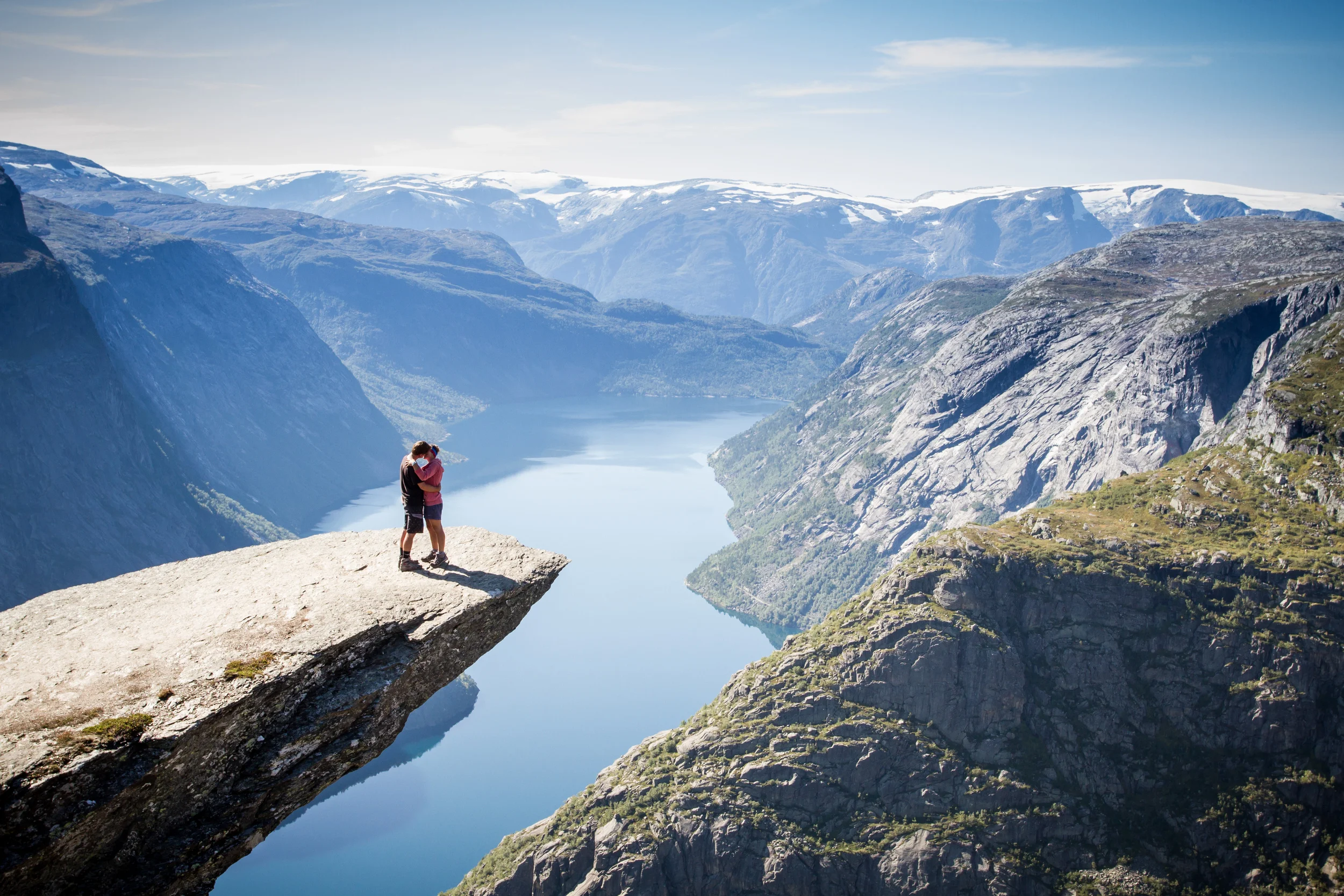One in every six elderly Americans now live below the federal poverty line, and over half of all ‘baby boomers’ have reported a deterioration in their quality of life over the past few years[1]. 21 per cent of married couples and 43 per cent of single people over the age of 65 depend on Social Security for a massive 90 per cent of their income, and almost 62% of households headed by someone over the age of 60 are in debt[2]. 2.9 million older households in the US suffer from food insecurity[3], and between 1991 and 2007, the number of 65- to 74-year-olds applying for bankruptcy increased by a huge 178%[4].
Now, “25 million Americans aged 60 and above are economically insecure”[5], leaving them to struggle with housing, rising healthcare costs, nutrition, transportation, and savings. To make matters worse, they are often left isolated and alone, living in suburbs and surrounded by other elderly people, whose families have grown and flown the nest[6].
An Aging Labor Force – Working Until You Drop
With the increasing financial difficulties faced by the older population, many continue working long after the traditional retirement age, with 40% of ‘baby boomers’ claiming that they plan to “work until they drop”[7]. Of course, for some, this is a choice – a desire to continue in their current roles or even explore alternative career options, but for too many it’s a financial necessity. In the year 2,000, 4 million senior citizens continued to work after retirement age, but by 2017 that number had jumped to 9 million – the highest senior employment rate in 55 years[8]! In fact, it’s the highest senior employment rate since before retirees earned the right to healthcare and Social Security benefits in the 1960s.
To put further strain on older employees, the workforce is changing. Technology is becoming more and more prevalent, and senior employees are left to learn new skills or change the way they work[9]. This leaves some forced out of their jobs and as a result, many sell their properties, give up their lifestyles, and travel the country in search of seasonal work[10]. The Bureau of Labor Statistics (BLS) estimates that by the year 2022, workers aged 55 and above will make up a huge 25% of the labor force[11] and it doesn’t look like things are going to get any better any time soon. We’re failing our elders, and we need to do something about it.











